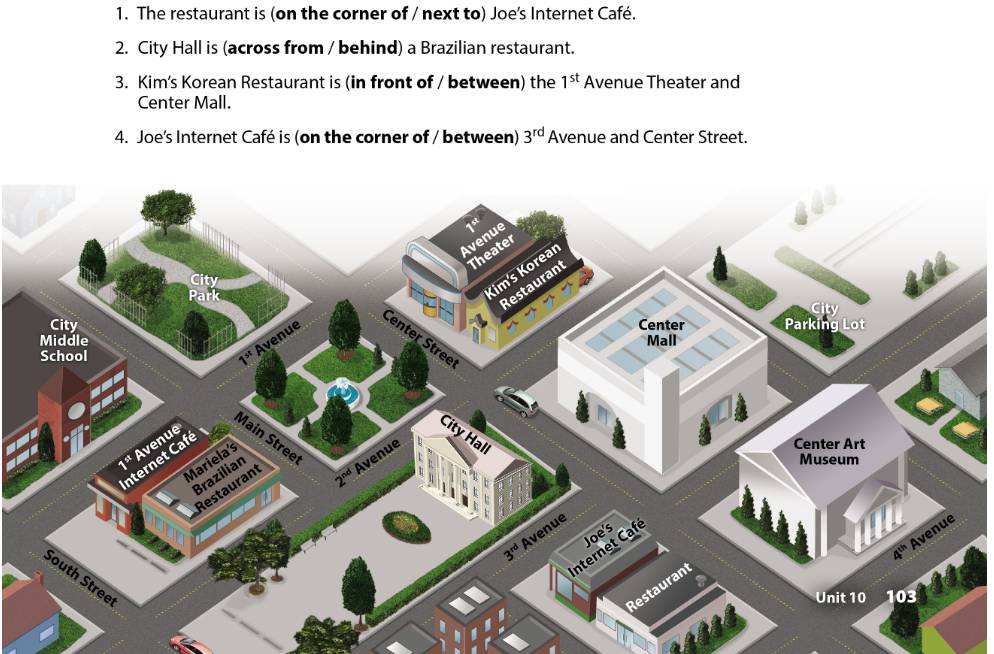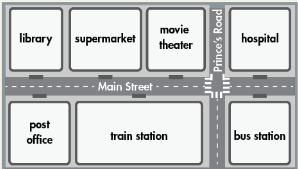a. Circle the correct definitions of the underlined words. Listen and repeat.
(Khoanh chọn định nghĩa đúng của từ được gạch dưới. Nghe và lặp lại.)
1. The WWF is a charity. It helps to look after animals like tigers and elephants.
(WWF là một tổ chức từ thiện. Nó giúp chăm sóc các loài động vật như hổ và voi.)
a. a group that helps people or animals
(một nhóm giúp đỡ mọi người hoặc động vật)
b. a zoo that buys animals
(sở thú mua động vật)
2. People are cutting down the Amazon rainforest. It is getting smaller every year. This is terrible! We have to protect our rainforests.
(Con người đang chặt phá rừng nhiệt đới Amazon. Nó ngày càng nhỏ hơn mỗi năm. Thật là kinh khủng! Chúng ta phải bảo vệ rừng nhiệt đới của chúng ta.)
a. keep safe
(giữ an toàn)
b. make bigger
(làm cho lớn hơn)
3. I pick up trash in the park on Saturdays. I don't get any money, I do it for free.
(Tôi nhặt rác trong công viên vào các ngày thứ Bảy. Tôi không nhận được tiền, tôi làm việc đó miễn phí.)
a. some money
(một ít tiền)
b. no money
(không có tiền)
4. Beth loves walking in the forest. She can see foxes, birds, flowers, and many other kinds of wildlife.
(Beth rất thích đi dạo trong rừng. Cô ấy có thể nhìn thấy cáo, chim, hoa và nhiều loại động vật hoang dã khác.)
a. plants and people
(thực vật và con người)
b. animals and plants
(động vật và thực vật)
5. If you donate five dollars, you can help buy schoolbooks for poor children.
(Nếu bạn quyên góp năm đô la, bạn có thể giúp mua sách học cho trẻ em nghèo.)
a. give money to help someone or something
(cho tiền để giúp ai đó hoặc cái gì đó)
b. get money for books
(nhận tiền mua sách)





1. next to
2. behind
3. opposite
4. in front of
5. next to
1. Let's meet at the café next to the movie theater.
(Chúng ta hãy gặp nhau ở quán cà phê cạnh rạp chiếu phim.)
2. The bookstore is behind the café.
(Hiệu sách ở phía sau quán cà phê.)
3. Do you want to meet at the market opposite the movie theater?
(Bạn có muốn gặp ở chợ đối diện rạp chiếu phim không?)
4. The clothing store is in front of the ice cream store.
(Cửa hàng quần áo ở trước quán kem.)
5. I often go running in the park next to the market.
(Tôi thường chạy đến công viên cạnh chợ.)